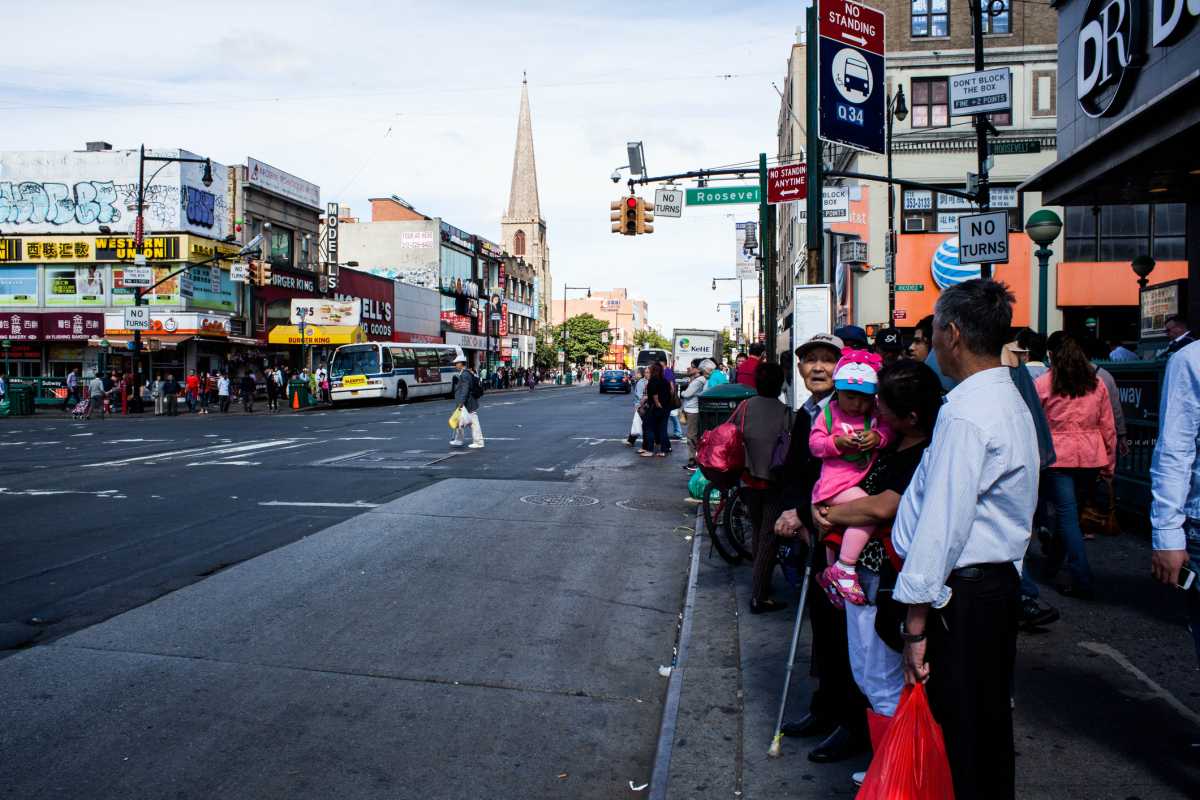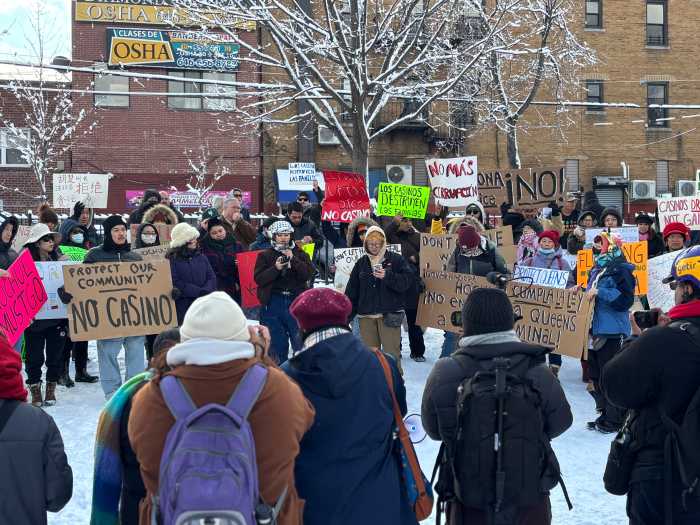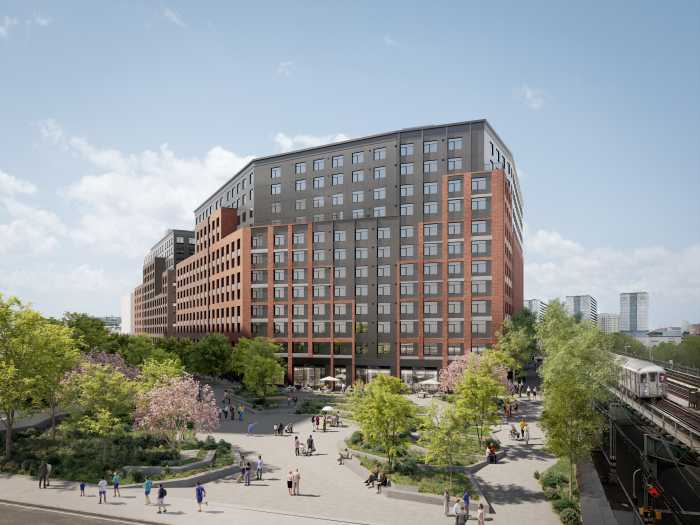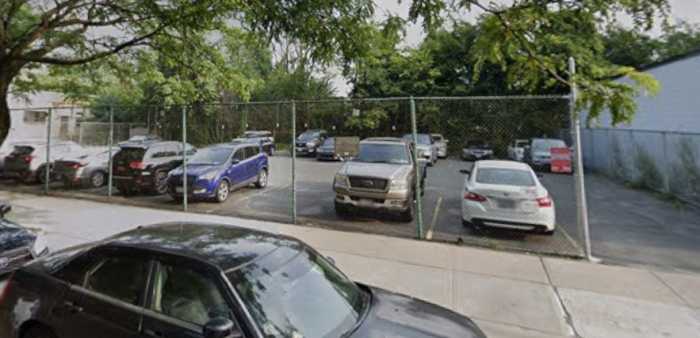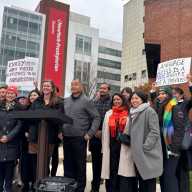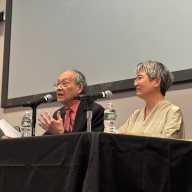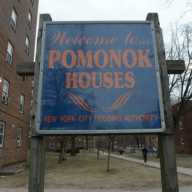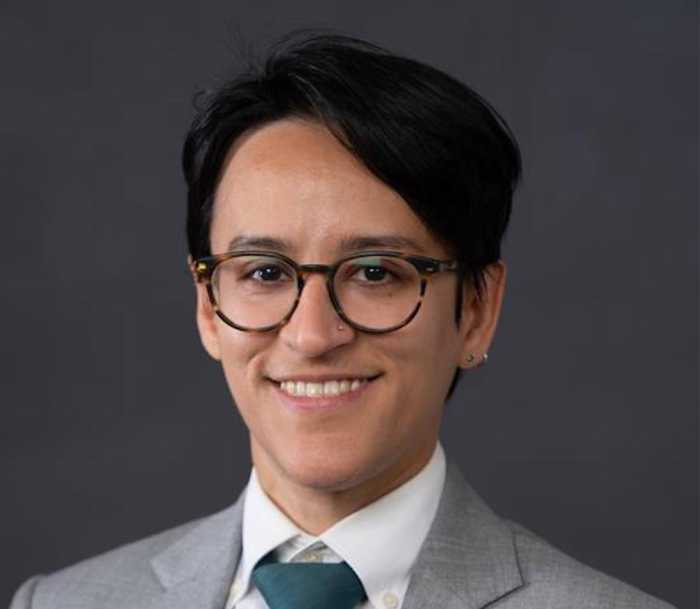Queens seniors, defined as those at least 65 years of age, are finding it more difficult to stay afloat financially, compared to a decade ago, according to a report by the Center for an Urban Future (CUF), a nonprofit that works to reduce inequality, increase economic mobility and strengthen the economy in New York City.
CUF’s report, which was supported by the AARP, showed that from 2013 to 2023, the number of seniors in Queens who live in poverty rose dramatically. There was a 48.8% increase over this period of time, from 39,007 in 2013 to 58,055 in 2023.
One of the main contributing factors to such a dramatic rise in seniors living in poverty across the borough was a spike in the number of older adults living in the borough over this period of time. The number of adults at least 65 years of age living in Queens rose 35.9%, from 293,729 in 2013 to 399,254 in 2023. This represented the biggest jump among all the boroughs of New York City. After representing 13% of the total population of Queens in 2013, seniors accounted for 17.1% of the population in 2023.
Older Asian adults living in poverty nearly doubled across the ten-year period. There was a 98.1% increase in this span, from 11,207 in 2013 to 22,206 in 2023. Thanks to the drastic increase in this demographic, Asian seniors made up the highest percentage of older adults in Queens living in poverty in 2023, at 22.4%. Hispanic seniors were the second-highest, at 15.3%, followed by African American seniors at 11.1% and white seniors at 10.7%. These trends are also reflective of the diverse population that makes up Queens.
“Queens is home to the largest, most diverse population of older adults in the city—but far too many are aging without the resources they need to live with dignity,” Center for an Urban Future Executive Director Jonathan Bowles said.
Older adults in Queens who are immigrants have much more trouble staying out of poverty compared to those born and raised in the United States. While 10.8% of seniors in Queens who were born in the United States live in poverty, the poverty rate among senior immigrants is 16.7%. Across Queens and New York City as a whole, many older immigrants face various systemic barriers to retirement income, benefits access and affordable care.

More seniors continue to work in order to bring in new income. There was a 72.3% increase in seniors who continue to work rather than retire, up from 40,981 in 2013 to 70,593 in 2023. The percentage of seniors in Queens who continue to work has increased from 14% in 2013 to 17.7% in 2023. Of the 70,593 working seniors, 10,165 (14.4%) are self-employed.
Queens residents at least 65 years of age continue to work in an effort to stay out of or escape poverty, making them less reliant on other potential sources of income related to retirement. When it comes to Queens residents over 70 years old, 59% did not report any retirement income in 2023, 19.7% did not report any social security income and 8.1% received Supplemental Security Income.
In order to try and address the growing financial insecurity among seniors in Queens and across the city, CUF had multiple suggestions for policymakers in New York City. They recommended that policymakers try to fully restore the $82.8 million shortfall and increase funding for the New York City Department for the Aging (DFTA). Another suggestion was to invest $50 million in capital repairs for aging senior centers, with NYCHA buildings being a top priority. CUF also said hiring more social workers and benefit navigators can help connect more older adults with critical services. They recommended expanding home-delivered meal funding by $12 million in order to meet rising demand. Lastly, they suggested embedding age-inclusive policies across various city agencies, including NYC DOT, Parks and more.
“This report underscores the urgent need to invest in Queens’ aging infrastructure and to ensure our diverse older population doesn’t slip into poverty,” AARP New York State Director Beth Finkel said.

